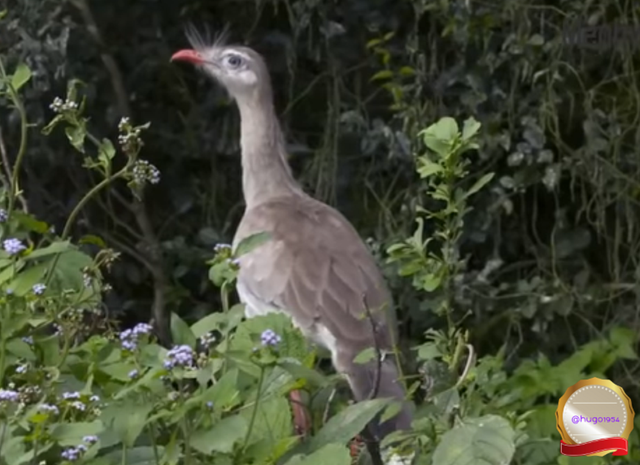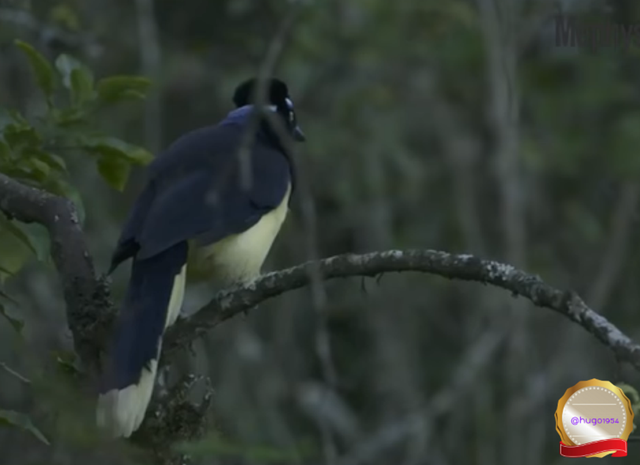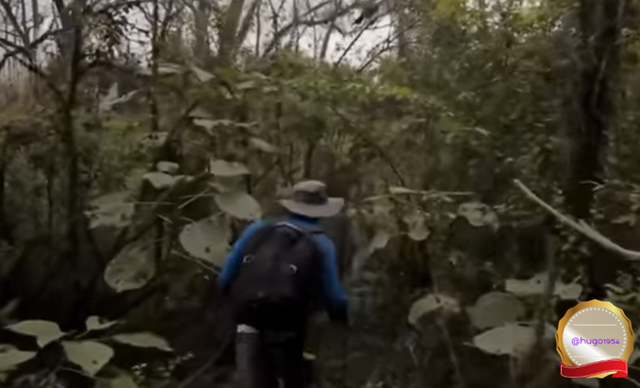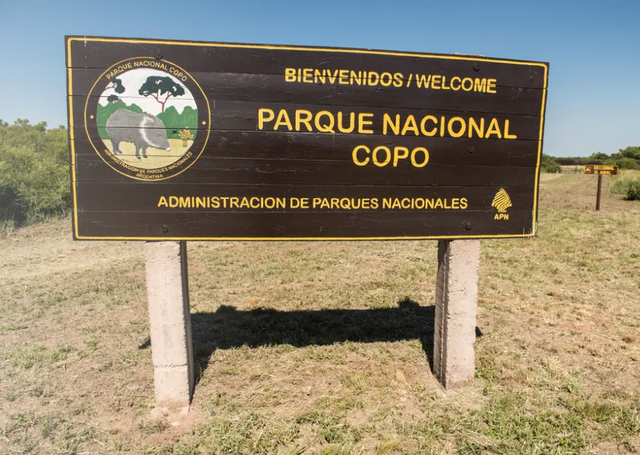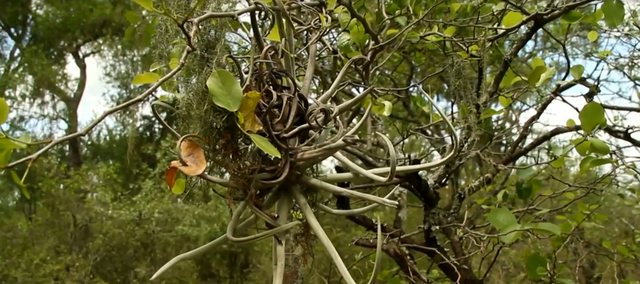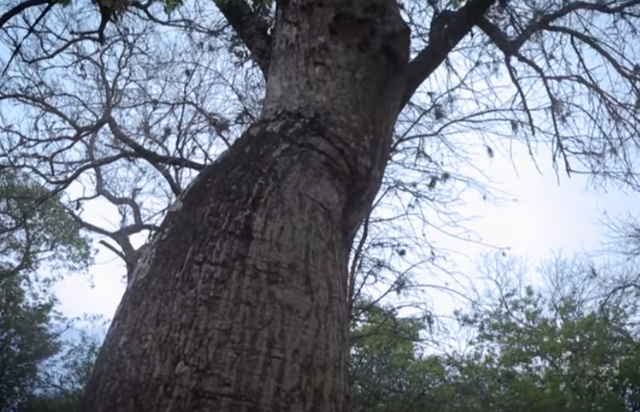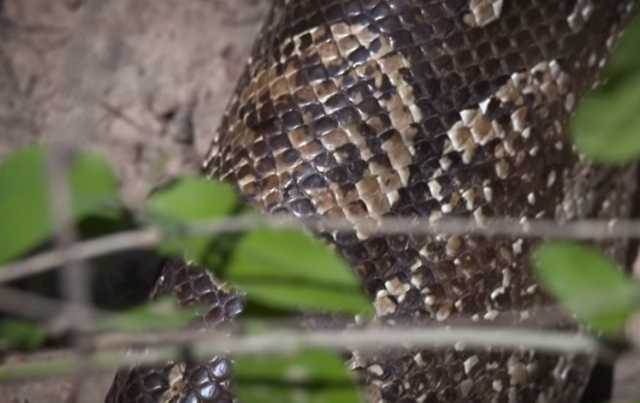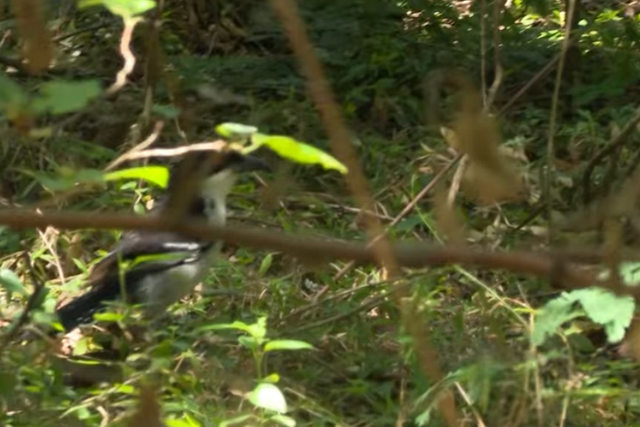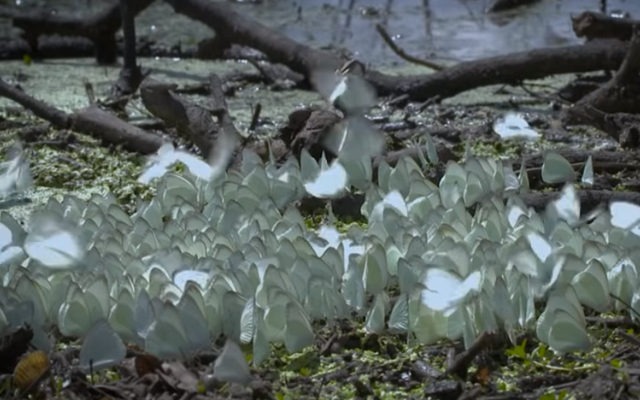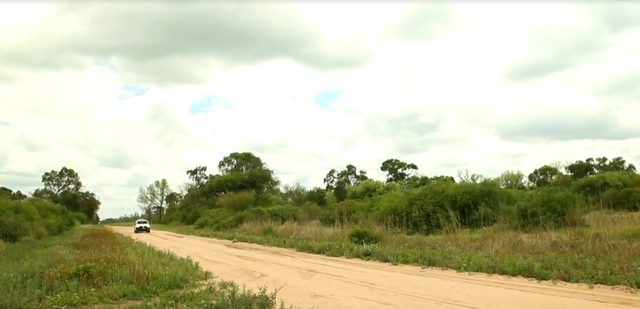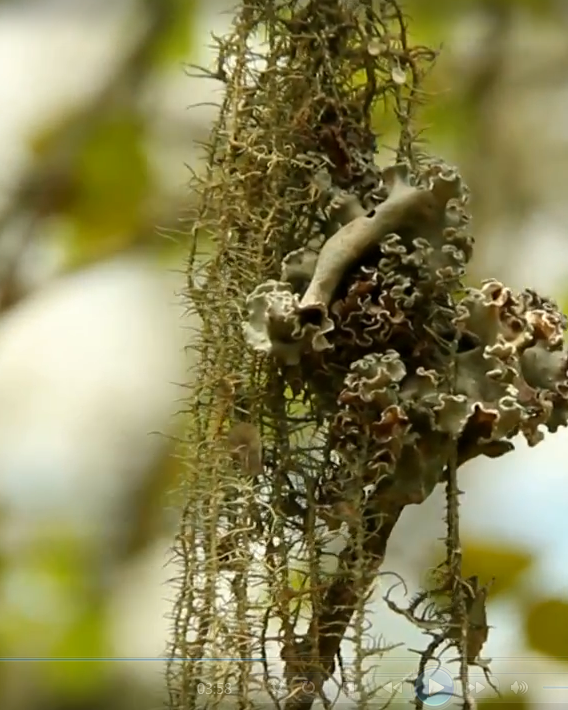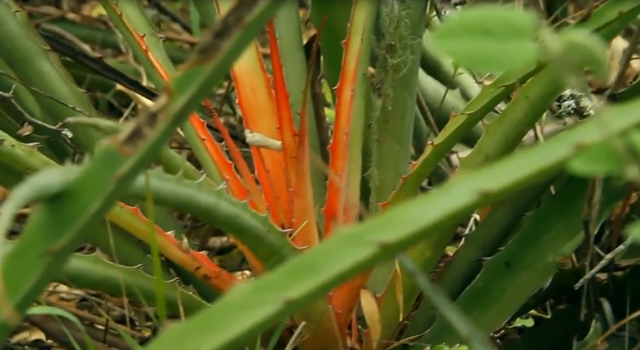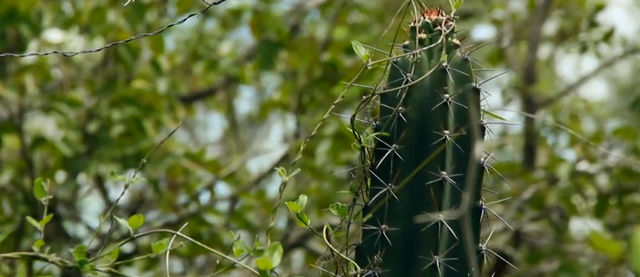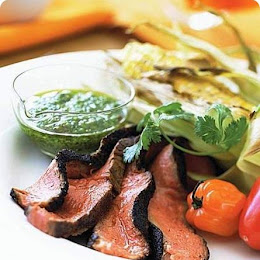Created in 1948 with the aim of conserving a sector of the "cloud forest" or the "yungas" and the environments of transition between it and the mountain chaco, this protected area contains on its 44,162 hectares a very diverse biodiversity that is dispersed among its different environments, which are between 750 and 2,000 meters above sea level.
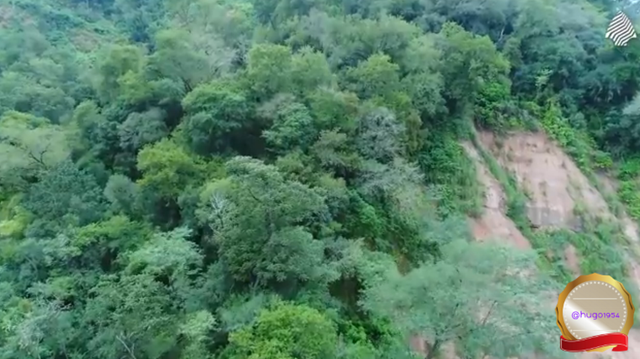
El Rey National Park variety as an attraction.
The visitor will be able to find and contemplate five marked levels of different vegetation.
From below, specimens of horco quebracho, cochucho, atamisque and cardones, which assert the presence of the Chaco mountain forest, will be observed.
Above, the transition jungle with tipas and pacaraés marks the beginning of what will later become the montane jungle, which will exhibit specimens of cedar, tarco, tipa and walnut.
Already in the 800 meters, the jungle of the so-called mirtáceas is developed, where you will find the muddy stick, the alpamato, the mato, the chal-chal, and the güili.
Finally over 1,500 meters the pine communities of the hill, alder and queñoas are presented.
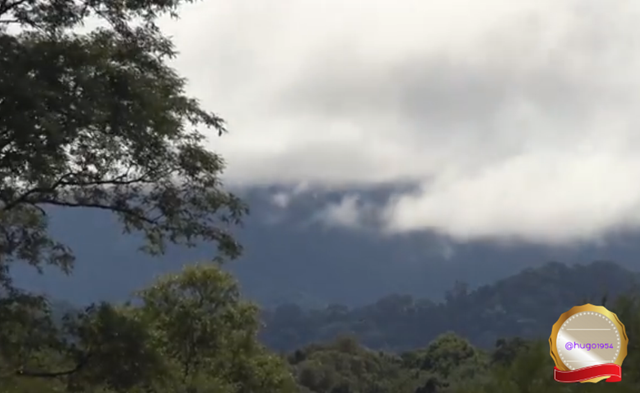
The visitor will be able to find and contemplate five marked levels of different vegetation.
From below, specimens of horco quebracho, cochucho, atamisque and cardones, which assert the presence of the Chaco mountain forest, will be observed.
Above, the transition jungle with tipas and pacaraés marks the beginning of what will later become the montane jungle, which will exhibit specimens of cedar, tarco, tipa and walnut.
Already in the 800 meters, the jungle of the so-called mirtáceas is developed, where you will find the muddy stick, the alpamato, the mato, the chal-chal, and the güili. Finally over 1,500 meters the pine communities of the hill, alder and queñoas are presented.
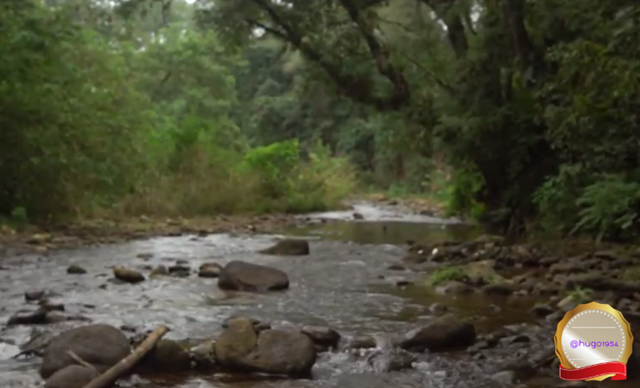

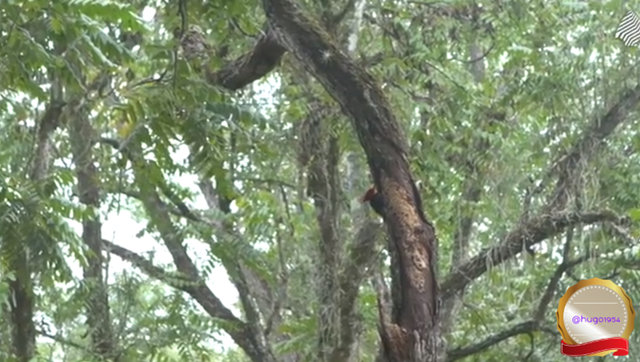
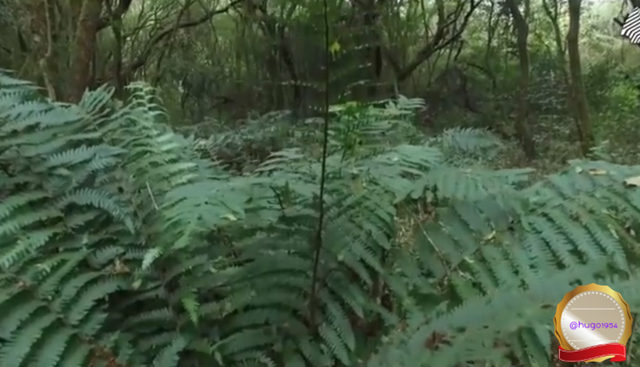
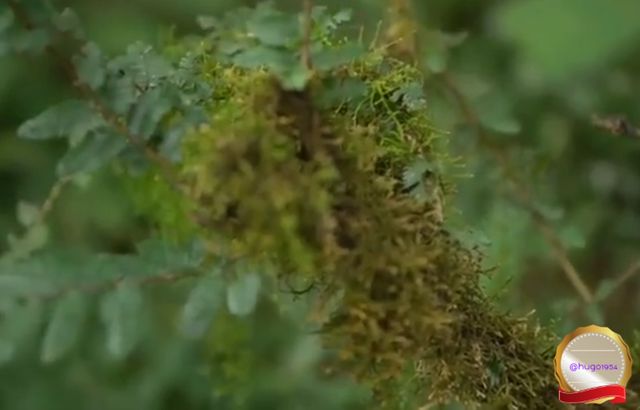
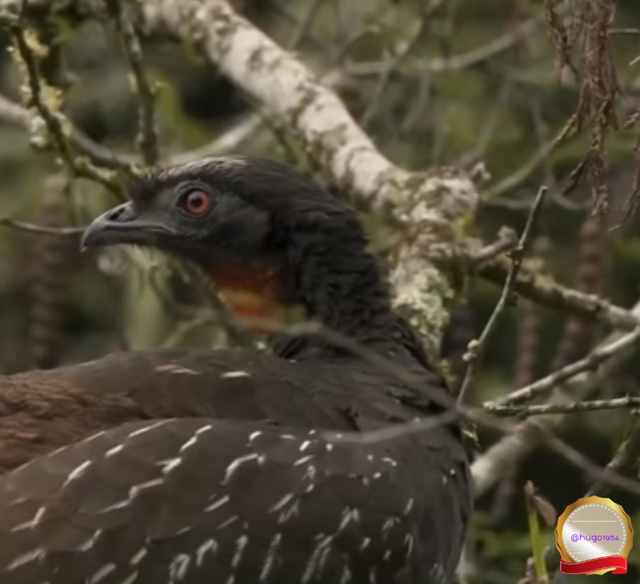
Diversity of flora and fauna.
The diversity of flora also makes possible a wide variety of animal species, since they are two ecoregions such as the Yungas and also chaco species characteristic of the latter, such as the red-legged chuña, the charata and the common woodpecker, and also brown corzuelas, peccaries and tapirs.
The lipped peccary mainly inhabits the abrupt gorges that present a dense low vegetation.
The brown roe deer is more easily found in the transition forest, while its close relative: the red roe deer is distributed along the jungle slopes to the high alder forests.
In the water courses you can see the river wolf and less frequently the mayuato.
We also find animals such as the fox and the elusive puma, the largest predator in the region. The fish fauna is represented by the native dorado, bogas, catfish and shad.
The tapir, also called "anta" is the emblem of the National Park.
This land mammal is considered the largest in South America, weighing up to 300 kg. It prefers aquatic environments where it feeds on aquatic plants and spends long hours immersed to protect itself from insects.
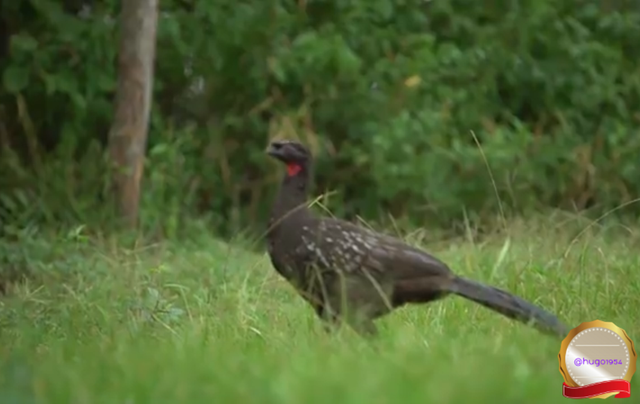
It is an excellent place for the interpretation of nature, highlighting the great variety of birds, mammals and insects within the framework offered by the great diversity of the Yungas jungle.










